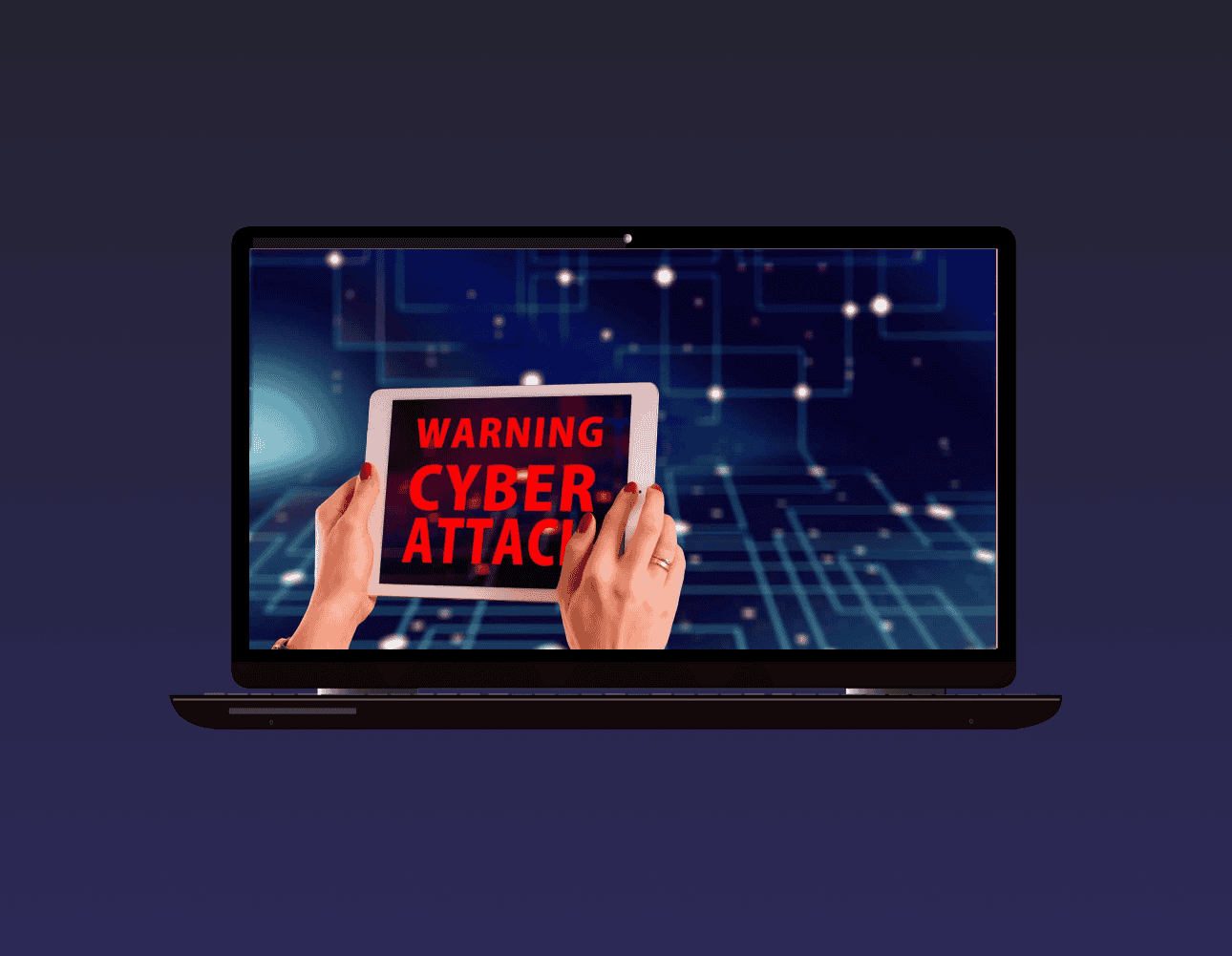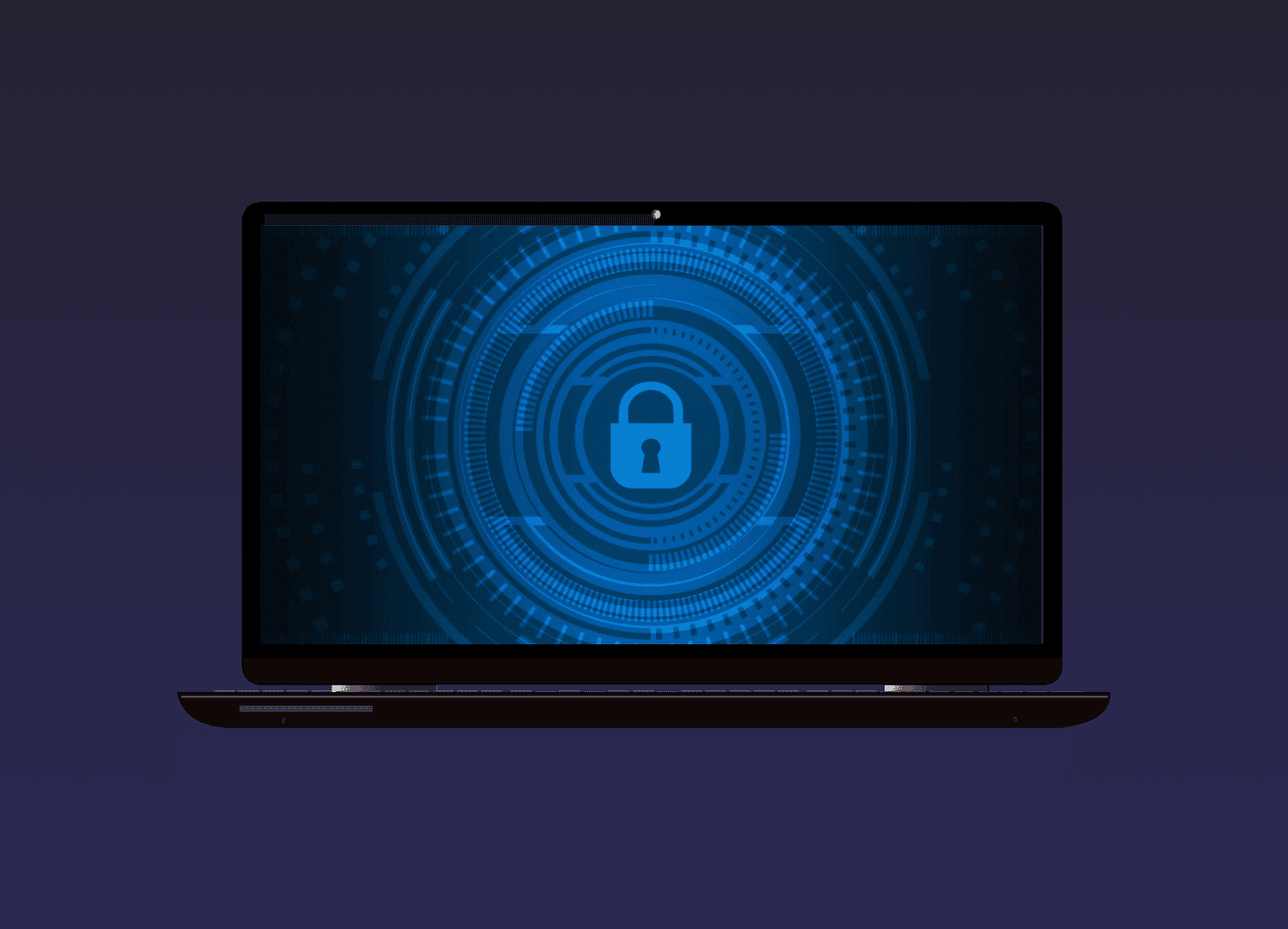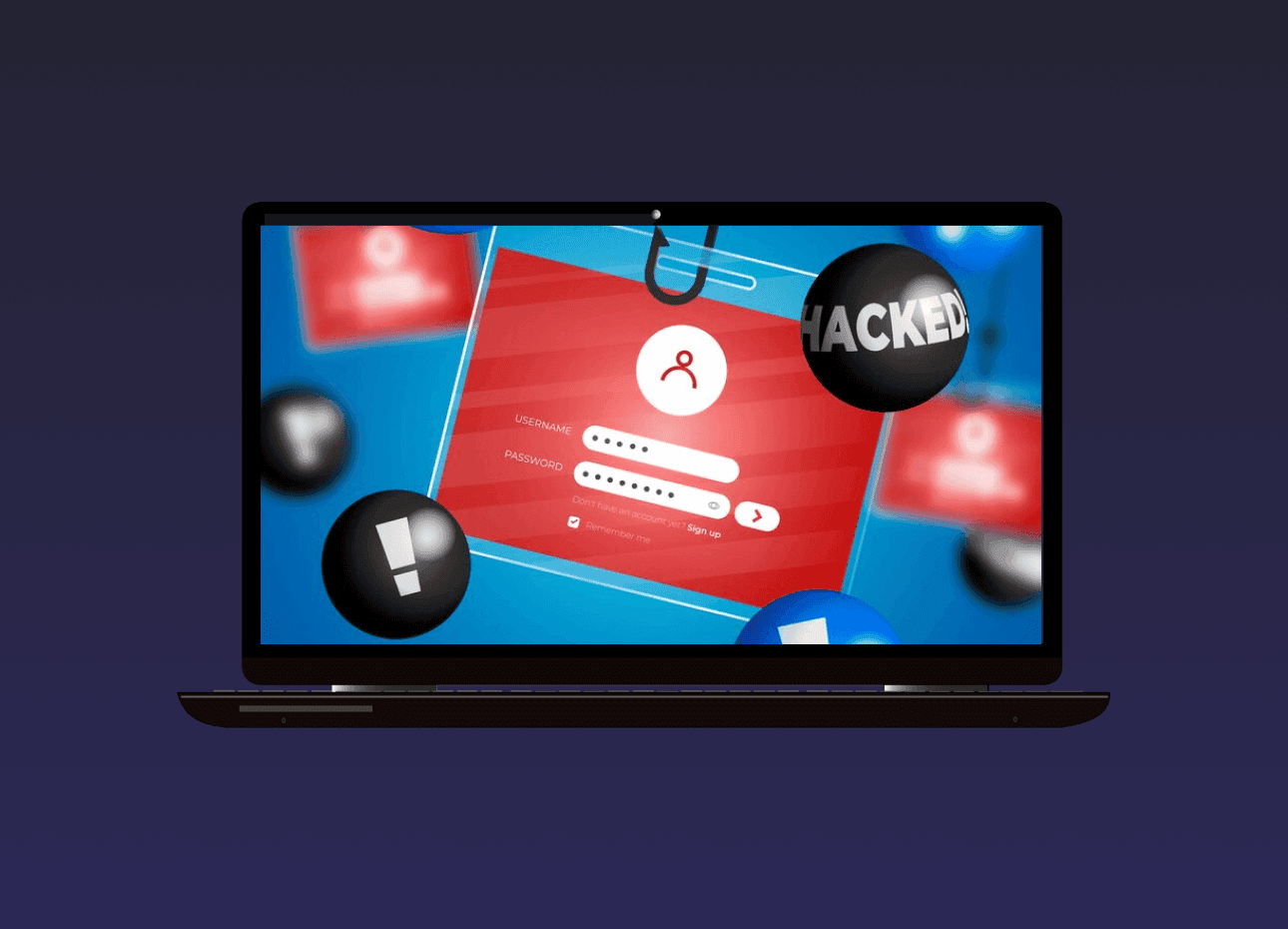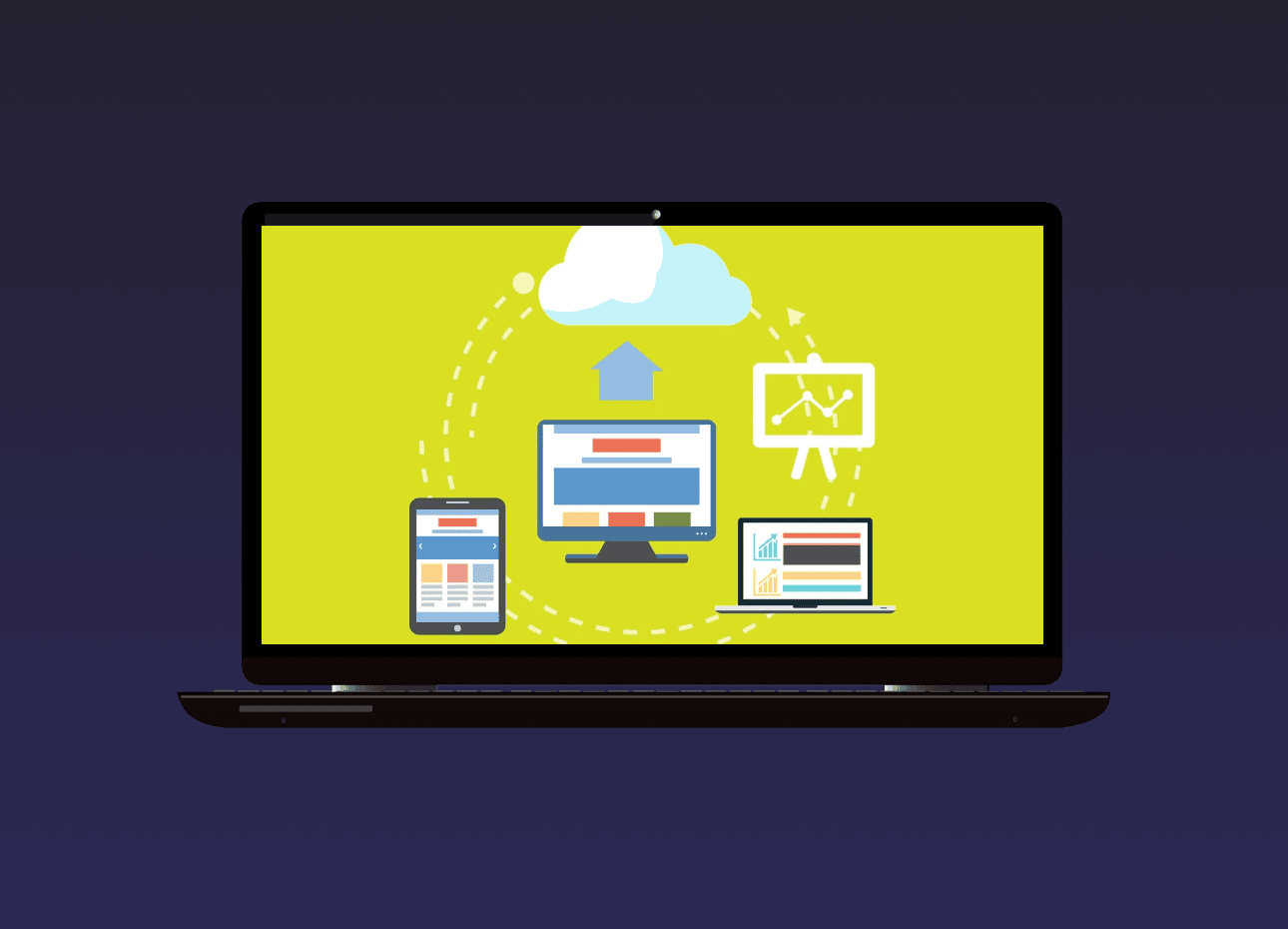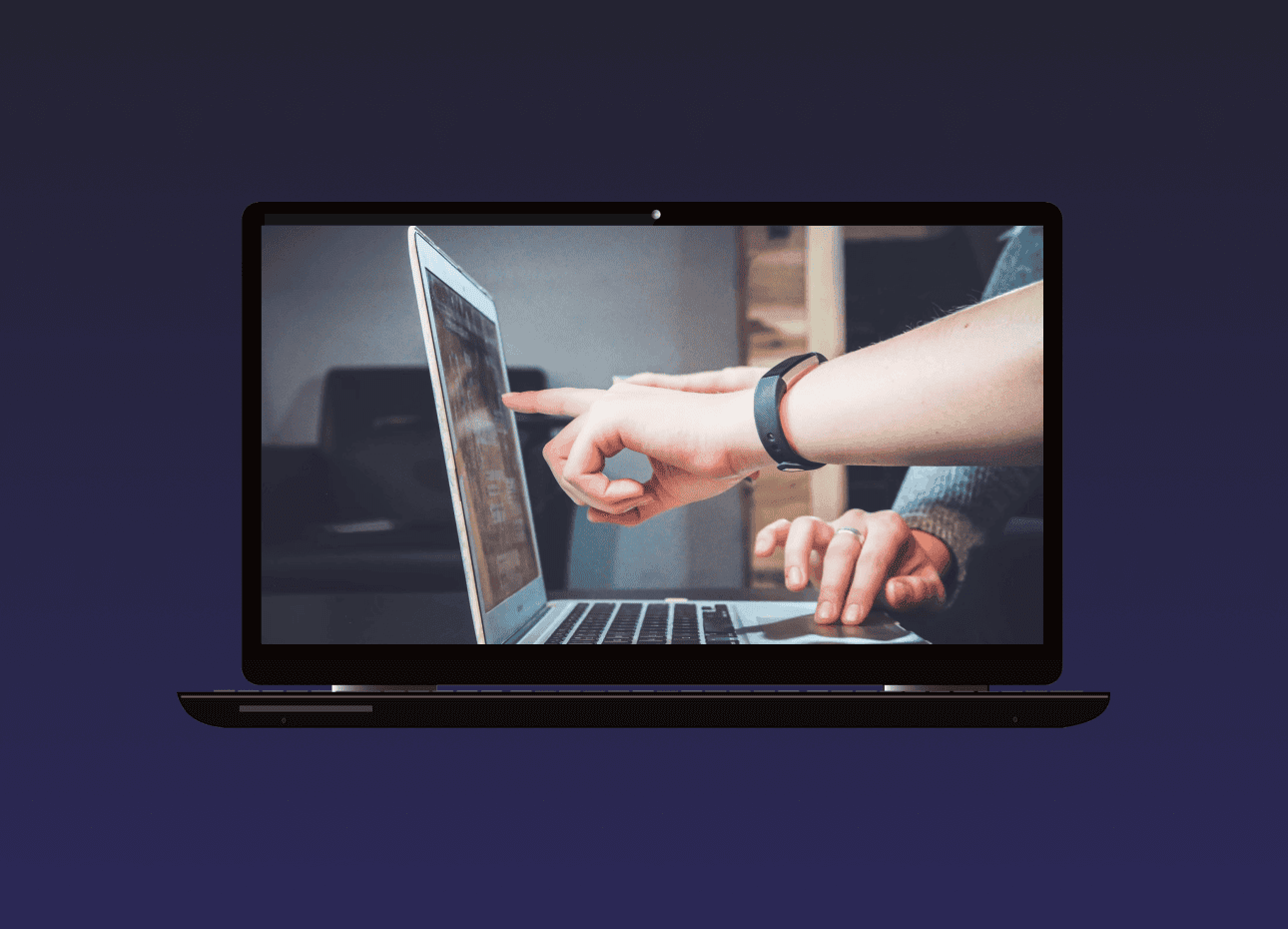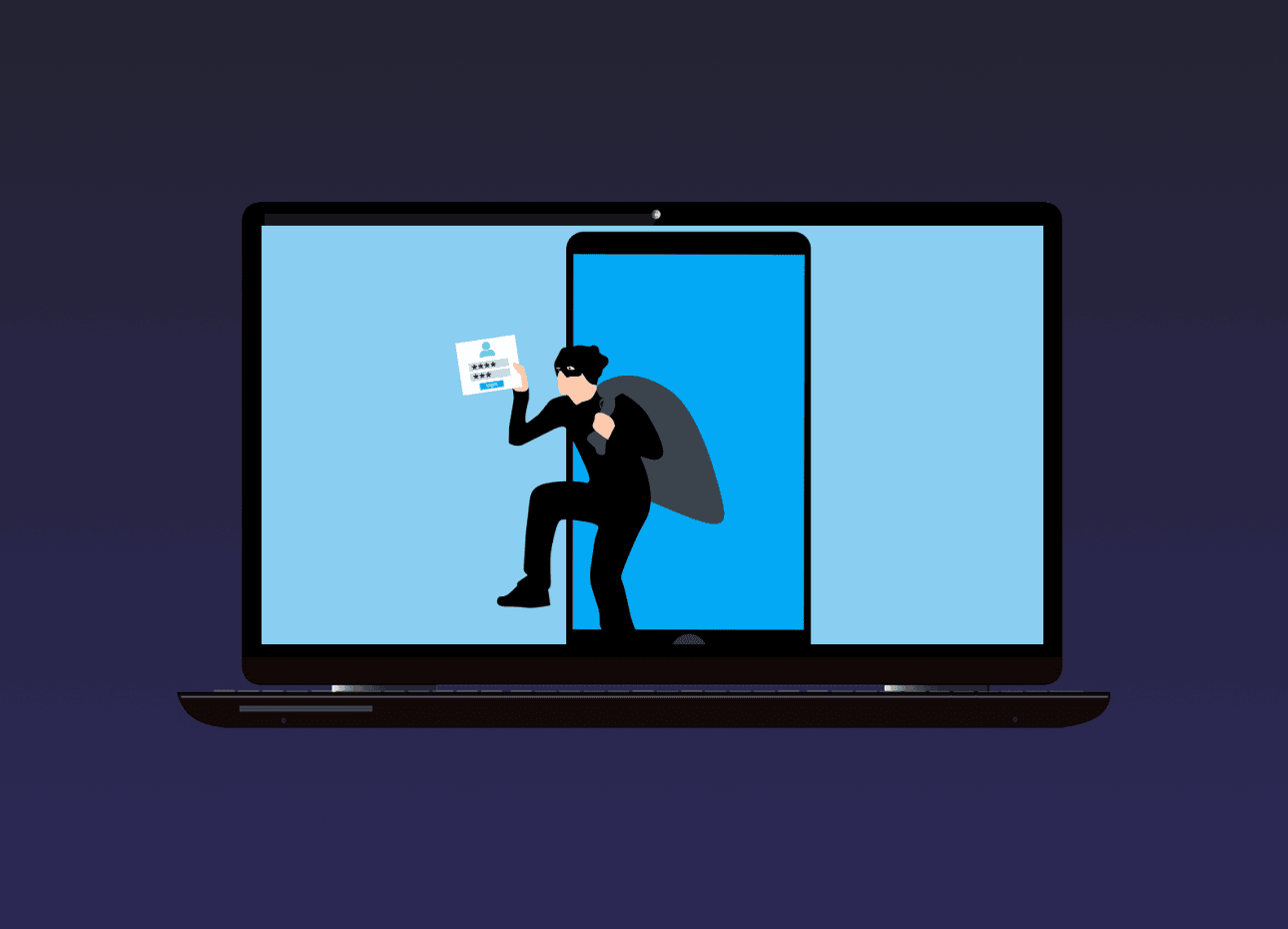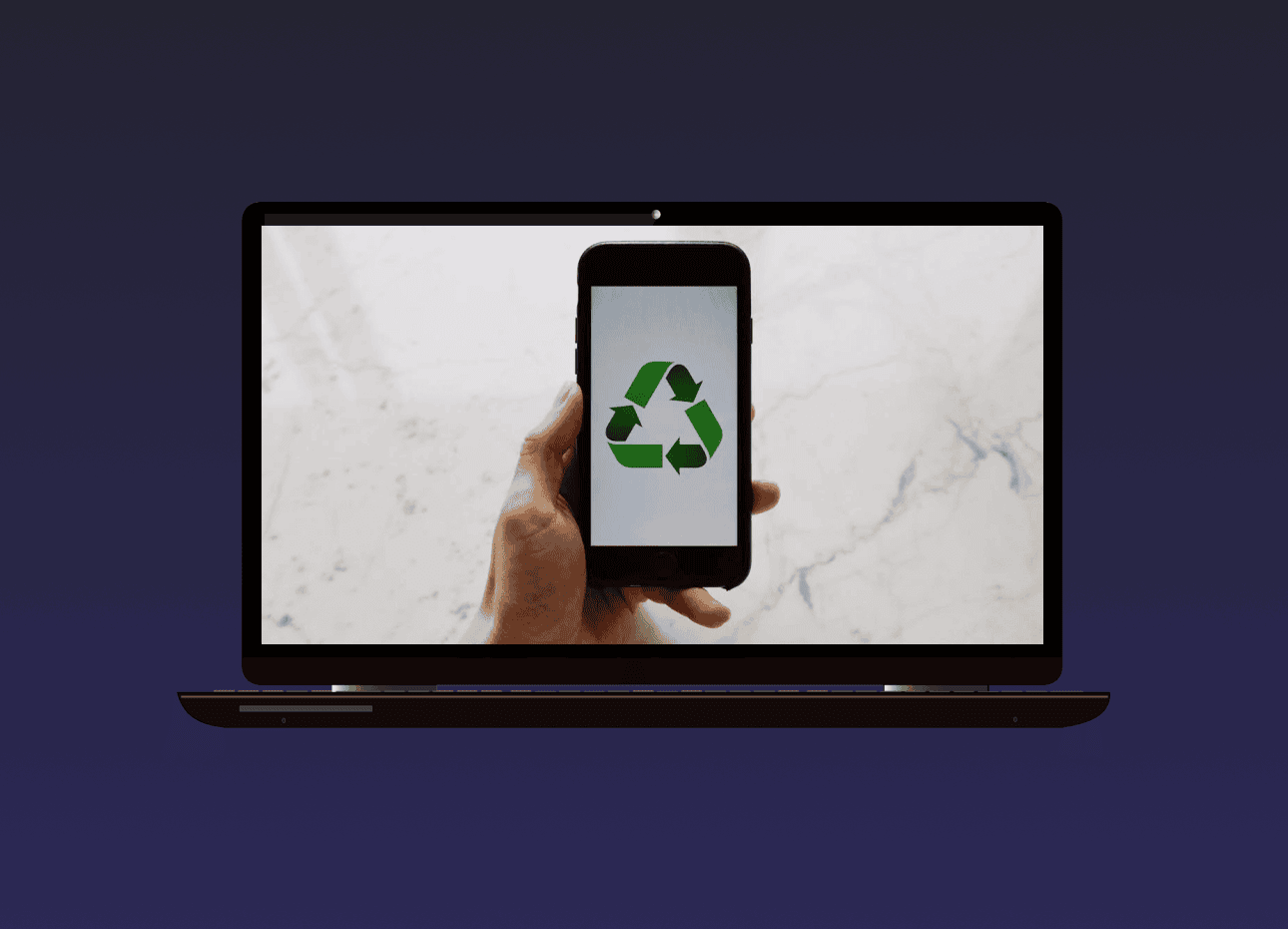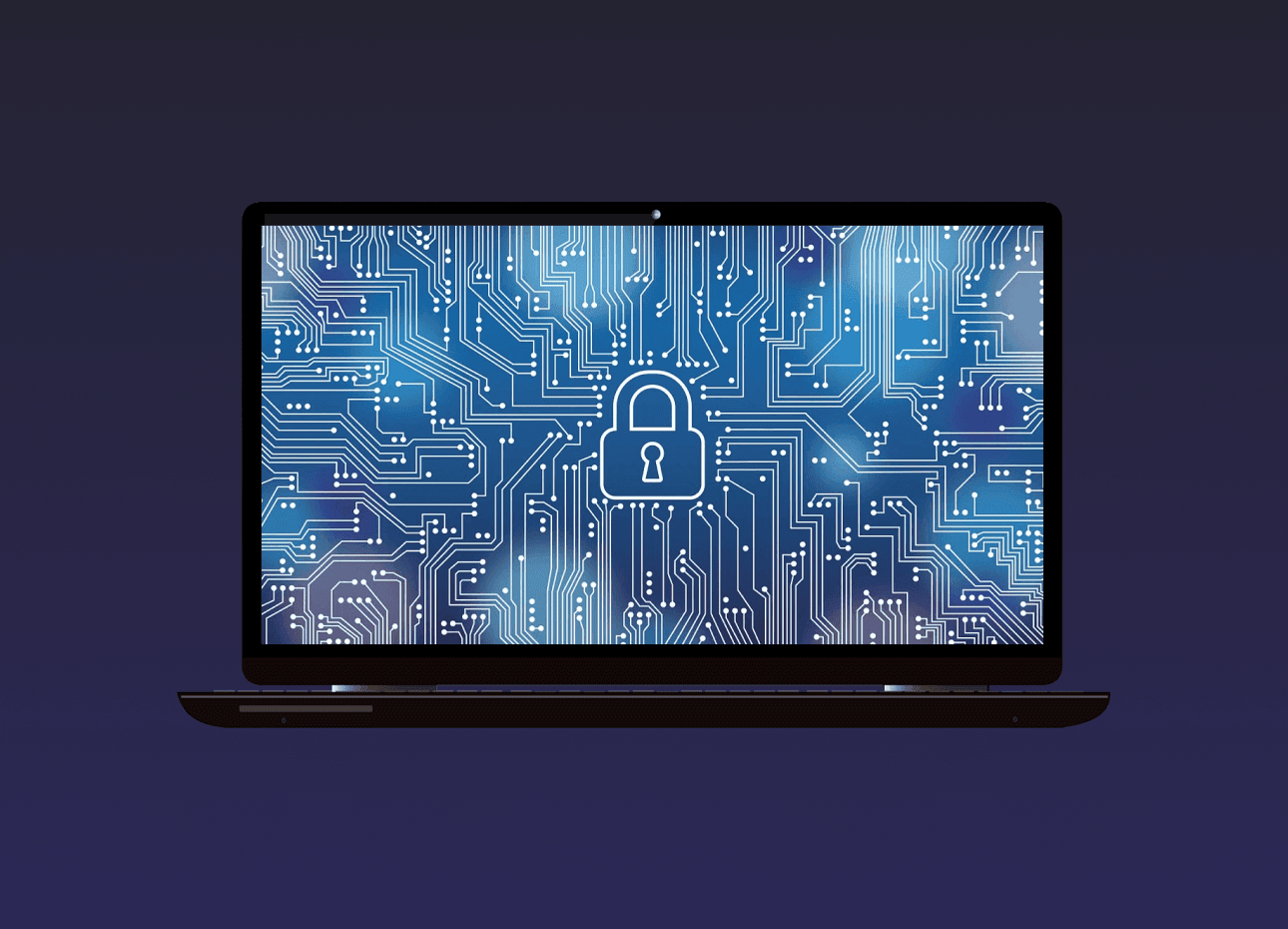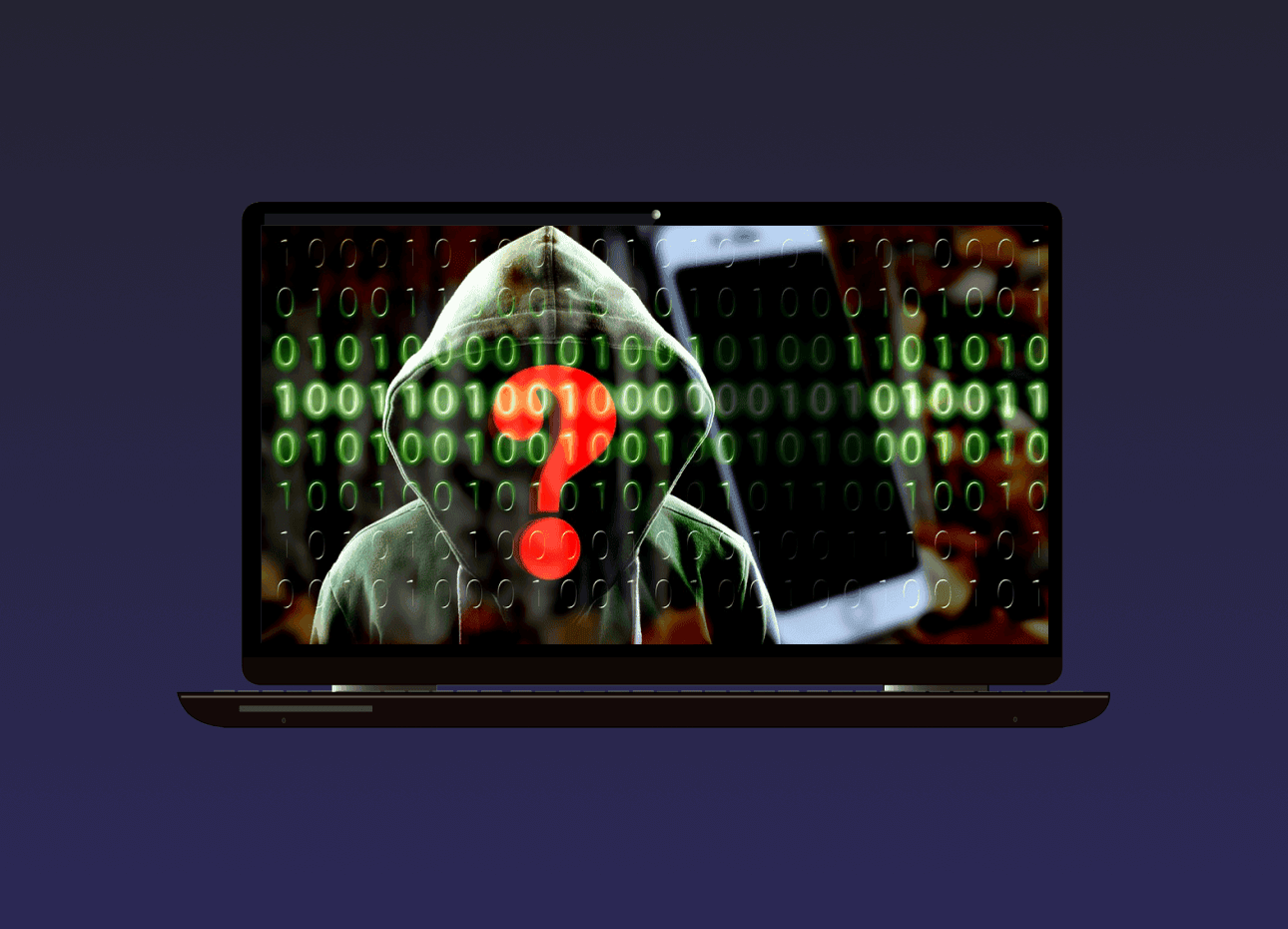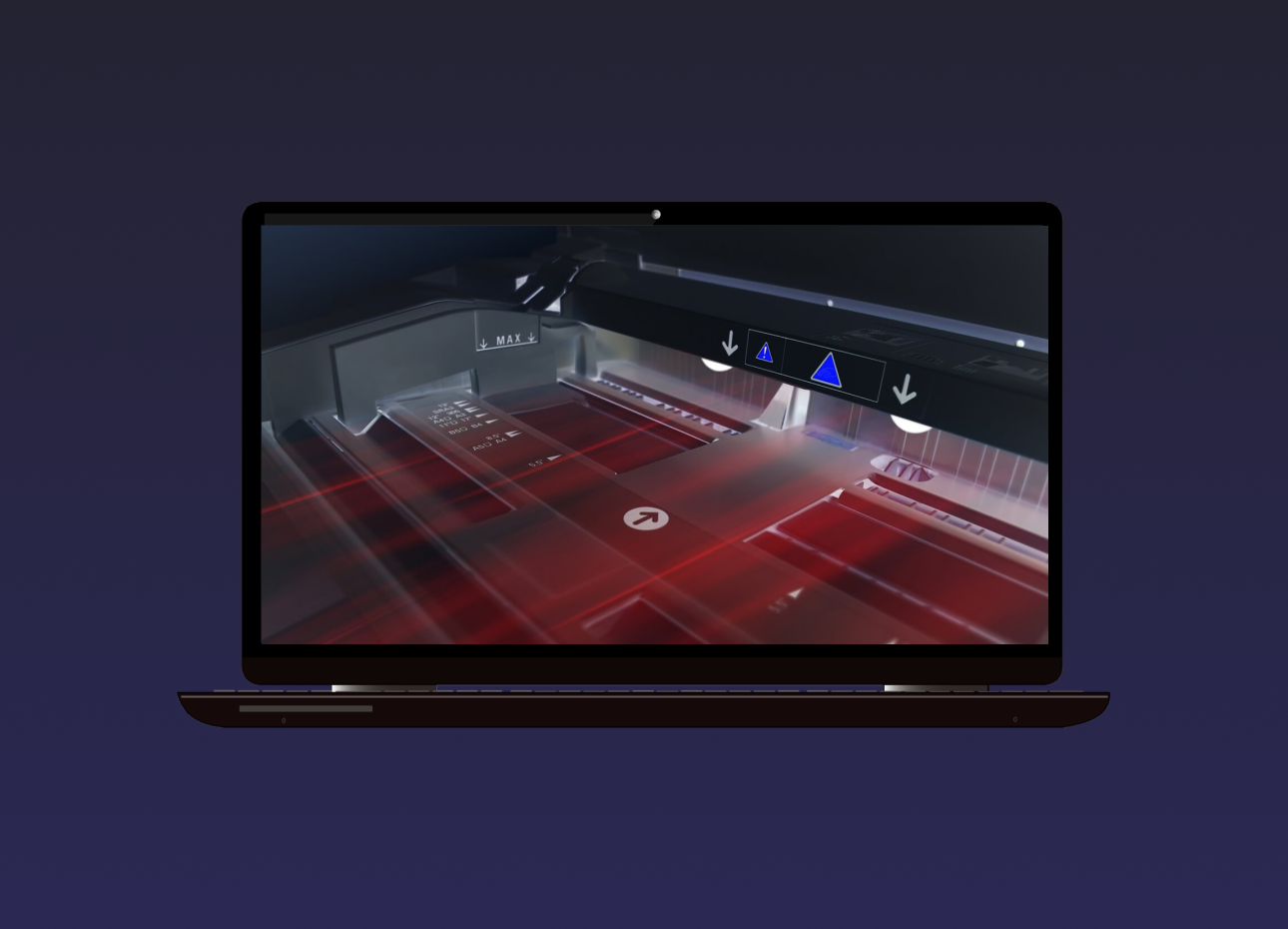What You Need to Know About the Rise in Supply Chain Cyberattacks
Any cyberattack is dangerous, but the particularly devastating ones are those on supply chain companies. These can be any supplier – digital or non-digital – of goods and services. We’ve seen several attacks on the supply chain occur in 2021 that had wide-reaching consequences. These are “one-to-many” attacks where victims can go far beyond the company that was initially breached. Some recent high-profile examples of supply chain attacks include: Colonial Pipeline: A ransomware attack caused this major gas pipeline to be shut down for nearly a week. JBS: The world’s largest supplier of beef and pork products was hit with ransomware that caused plants in at least three countries to shut down for several days. Kaseya: This software company had its code infected with ransomware, which quickly spread to IT businesses that used its products and to roughly 1,500 of their small business customers. Why do you need to be worried about supply chain…
